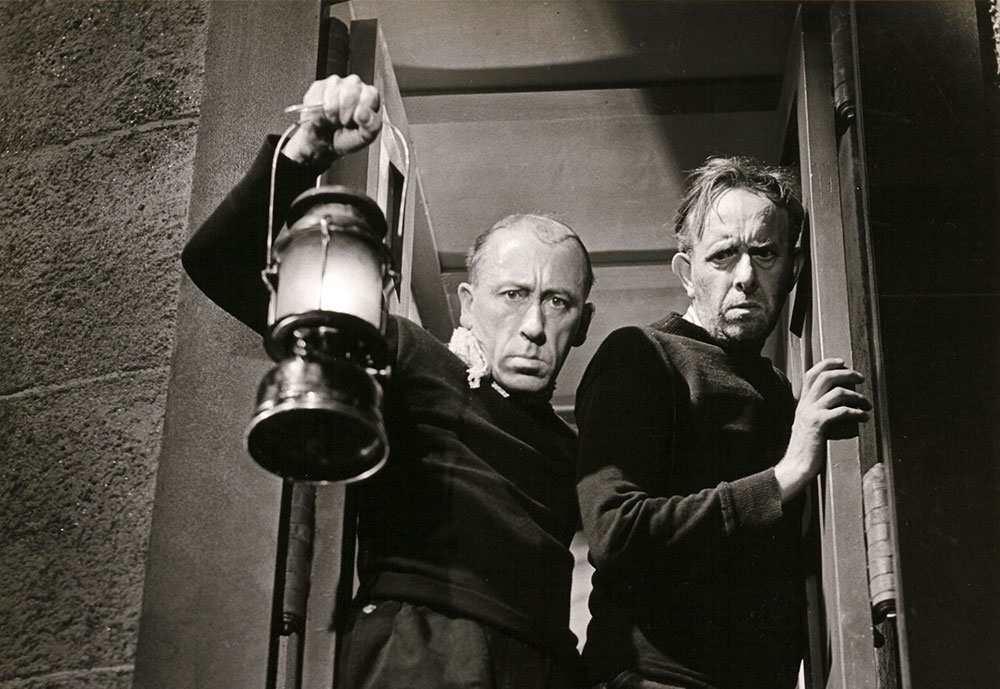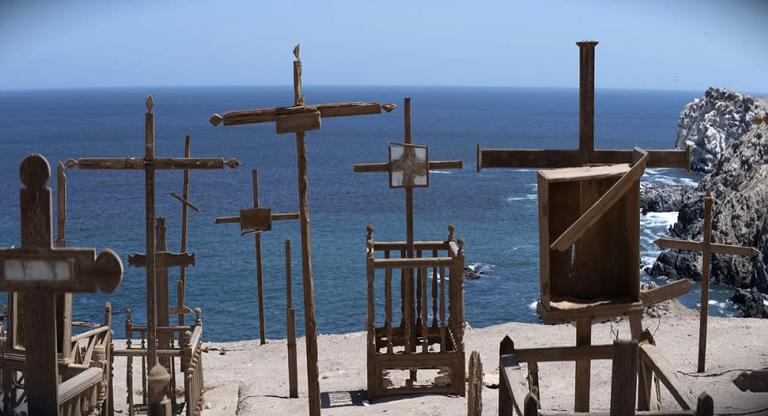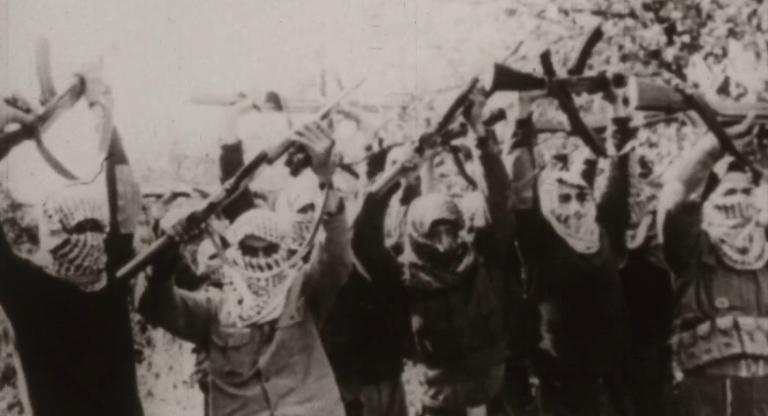Before directing the films that made his reputation alongside Emeric Pressbuger, Michael Powell served a five-year apprenticeship, working for several studios in the UK at a rapid pace. Between 1931 and 1936, he made 23 quota quickies. These B-movies, which were designed to serve legal requirements meant to prop up the British film industry, carried a disreputable aura that was ultimately reflected in their nickname. In 1935 alone, Powell directed seven films, including The Phantom Light.
Adapted from Evadne Rice and Joan Roy Byford’s play The Haunted Light, The Phantom Light feels talky and set-bound. Set near the Welsh village of Tan-Y-Bwlch, but with exteriors shot near London, it follows the deaths of a series of workers at the North Stack lighthouse, which has seemingly become possessed by a ghost. Lights flashing at random, credited to the phantom, have caused a shipwreck. Sam Higgins (Gordon Harker) arrives from England to take over the lighthouse keeper’s duties. Disembarking from a train, he’s flustered by a woman who speaks to him only in Welsh, but he soon meets the mysterious Alice (Binnie Hale), who insists on coming with him. Jim (Ian Hunter) also approaches Sam and wants to join him. The strange characters and events suggest a man entering a new world he doesn’t fully understand. Sam eventually discovers that he’s been called to the North Stack because of a death there earlier that very day, along with the fact that crew member Tom (Reginald Tate) has been driven insane by the event. While the mystery of the phantom light carries little weight, Powell’s ability to think in images makes the film resonate on a deeper level than its story’s surface.
The Phantom Light displays tension between its script, tied closely to comic theater, and Powell’s influences from German Expressionism and Dziga Vertov. His camera aims down to the sea, simulating a perspective looking out from the lighthouse to create angles suggesting a subtle menace. The film includes several bravura montage sequences, one of which cuts between close-ups of a revolving light, whirring machinery, men’s agitated responses, and waves, with a frantic rhythm accentuated by an industrial clanking on the soundtrack. As night deepens, Powell’s command of light becomes more expressive. The sea, and even the cramped interiors of the set, are filmed with a threatening darkness.
If Powell hadn’t gone on to make so many major films, The Phantom Light would be unlikely to be screened in isolation today. Yet it shows a great director starting to master his craft and lay out his preoccupations. In 1937, The Edge of the World announced the arrival of his mature work, fleshing out some of the ideas contained in The Phantom Light. Despite the flimsiness of the latter’s narrative—one wonders if a script written by Pressburger could have added to its quality—the film gives off a real sense of awe both at the power of nature and the eccentric rural areas of the U. K.
The Phantom Light screens this evening, July 29, at the Museum of Modern Art as part of the series “Cinema Unbound: The Creative Worlds of Powell and Pressburger.”


